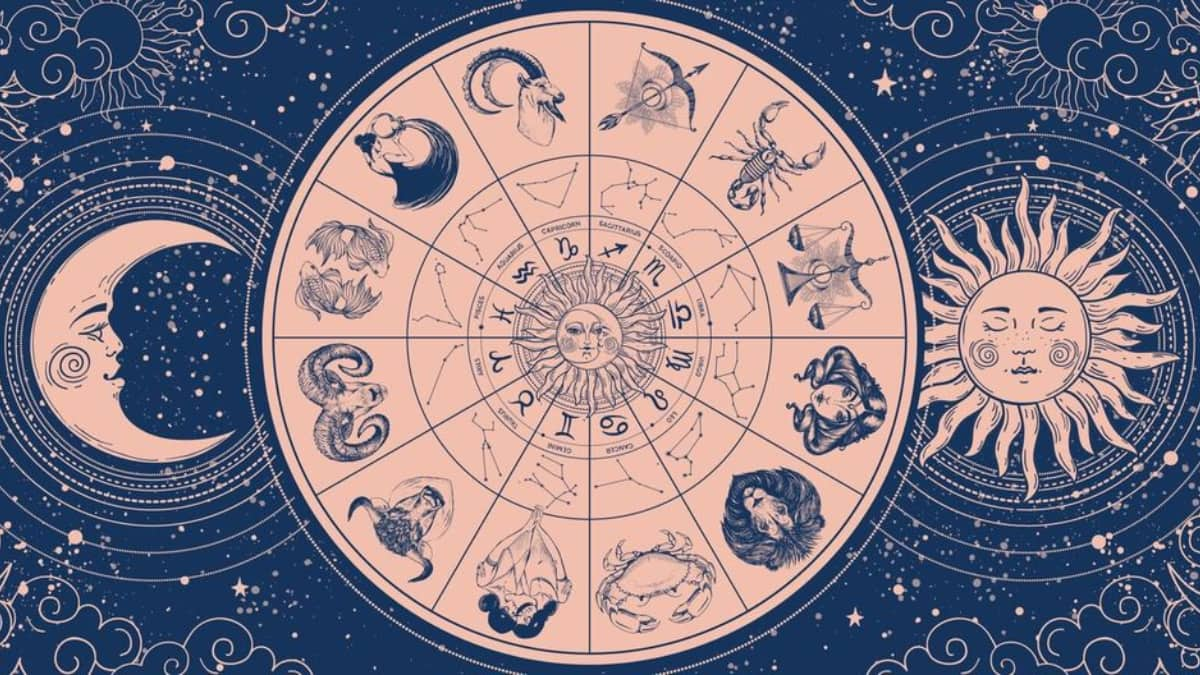
For centuries, people have looked to the stars to understand themselves, trusting the zodiac signs to reveal personality, fate, and even love compatibility. But what if the sign you’ve believed all your life isn’t actually yours? According to astronomers, the zodiac calendar we use today is nearly 2,000 years out of sync with the stars. The constellations that once defined each zodiac sign have slowly shifted due to a phenomenon called axial precession, meaning the Sun no longer appears where it did when the zodiac was first created. ALSO READ: Supermoon 2025: When And How To Watch The Year’s Biggest And Brightest Full Moon? Know The Details Here The Science Behind The Shift: Earth’s Slow Wobble Over thousands of years, the Earth’s axis has been slowly “wobbling,” a movement scientists call axial precession. Much like a spinning top that leans and tilts over time, our planet’s axis shifts about one degree every 72 years, completing a full cycle roughly every 26,000 years. Because of this, the backdrop of stars seen from Earth gradually moves, altering which constellation appears behind the Sun at any given time of year. For instance, 2,000 years ago, the Sun appeared in the constellation Scorpio around early November. Today, it actually sits in Libra during the same period. This subtle but steady drift has caused the zodiac to become misaligned with its original celestial markers, meaning your “astrological sign” may not match your true astronomical position in the sky. Two Different Systems: Tropical Vs Sidereal Zodiac Modern astrology splits into two major systems, Western (Tropical) and Vedic (Sidereal) astrology, and they tell slightly different stories. Western astrology, popular in Europe and the United States, follows the tropical zodiac, which ties the zodiac signs to the seasons rather than the stars. That’s why Aries always begins with the spring equinox, no matter where the Sun actually appears in the sky. Indian or Vedic astrology, on the other hand, follows the sidereal zodiac, which accounts for Earth’s wobble and keeps the signs aligned with the actual constellations. While both systems started in sync centuries ago, they’ve drifted apart over time. The result? If you’re an Aries by Western astrology, you might actually fall under Pisces in the sidereal chart. A Clash Between Science And Belief While astronomers see astrology as symbolic rather than scientific, millions continue to find comfort, identity, and meaning in their zodiac signs. Astrology has survived centuries of scientific scrutiny because it adapts, shaping itself around culture, psychology, and personal connection. Whether or not you believe in the power of the stars, one thing is certain, the universe never stands still. The constellations keep shifting, and perhaps, so does our place within them.
पूरा पढ़ें



